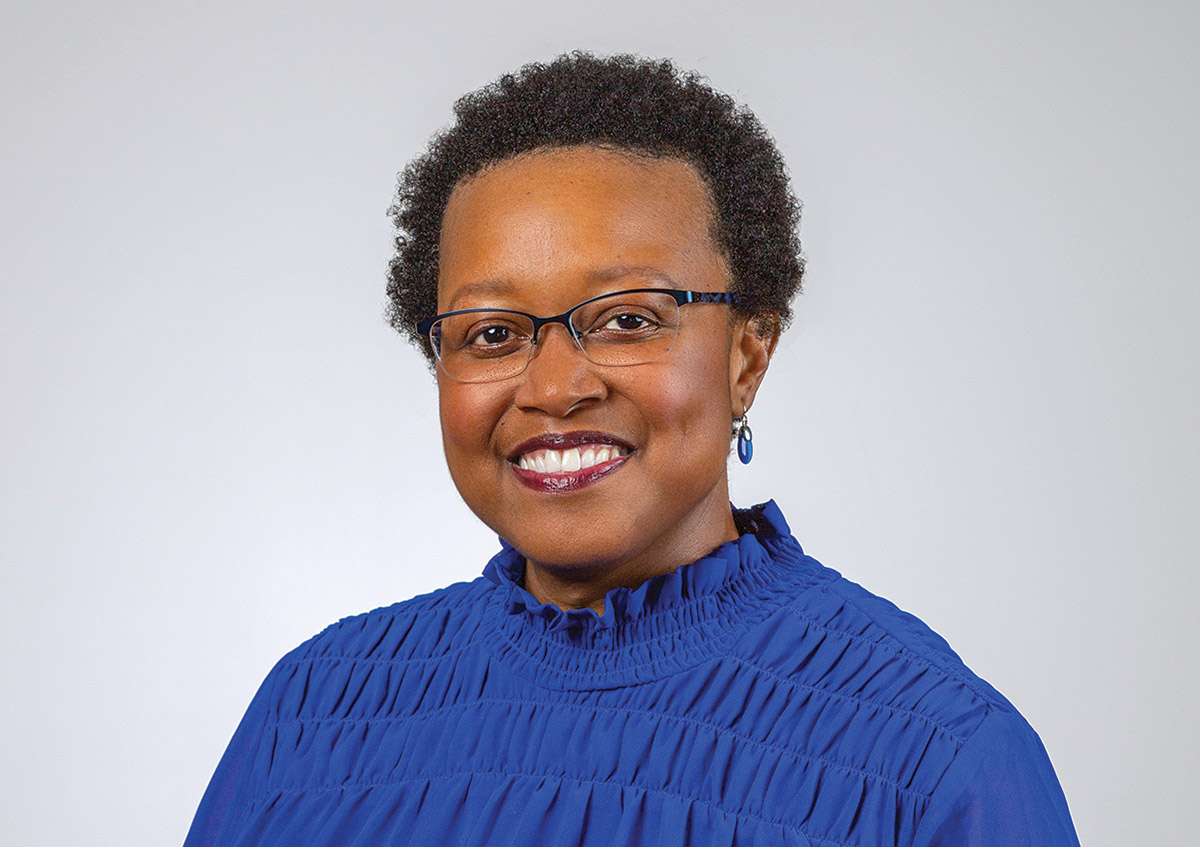
LEVELING THE PLAYING FIELD
What drew you to Swarthmore?
I liked that it’s a small campus community. I started in special education almost 25 years ago, as a classroom teacher, and really enjoyed working one-on-one with the students. Later, I worked for a large institution, where I didn’t really get that same opportunity. Coming to Swarthmore [in 2018] gave me that same feeling of having students I would work closely with in my classroom, and the opportunity to get to know them through their four years here and develop relationships.
What types of support does your office provide?
We provide three categories of disability accommodations: housing, academic, and dining. An accommodation could be something like a dorm room with air conditioning or no carpeting for students with medical conditions, extended test time and/or a separate testing environment for students with learning disabilities, or separate food offerings or preparations in the Dining Center for students with food allergies and dietary restrictions. We provide accommodations to ensure that students with disabilities have equal access to the College’s programs and services.
Can it be difficult to pinpoint an accommodation for a student?
There can be five students or 10 that all have a similar diagnosis. All of those students could have different accommodations, or they might have the same accommodations but for different reasons. And so, disability accommodations aren’t one-size-fits-all. If one thing doesn’t work, we can try something new. And those are the times where we have to keep at it, so that a student feels heard and supported and sees we’re doing everything possible to make sure that they have access.
Are there barriers to connecting students to the support they need?
There can be a disconnect with how students see themselves in the terms “disabled” or “disability,” a gap for students who have not had prior access to disability or mental health evaluations, and a lack of understanding about what we actually do. There can be a stigma — this feeling of shame or concern about how their peers or others will view them. We try to push against that by introducing ourselves and our services to the students as soon as possible, starting with first-year orientation. But if it takes more time for students to come to us, we’ll work with them just the same.
What’s the best part of your job?
I was moved to tears this past Commencement, when a parent gave me a lovely handwritten card thanking me for the support that I gave to her student over the past four years, because their situation was particularly challenging. We did not have everything figured out at the beginning, and had to find the best accommodations for the student over a couple of semesters. And we were able to do that. I take pride in meeting challenges head-on and really sticking with the student.